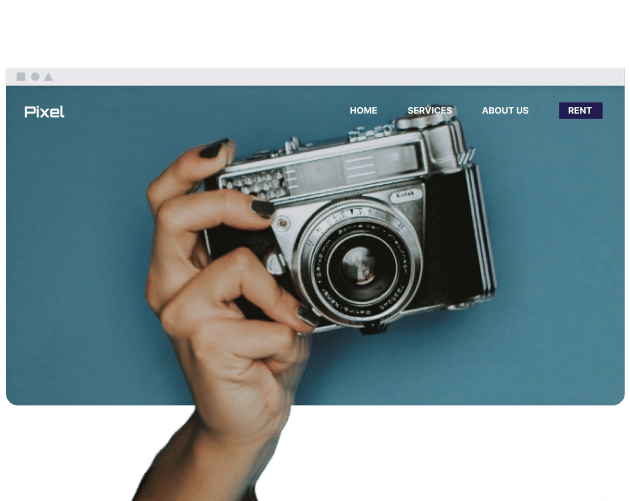What’s the difference between a Hyperlink and an Anchor Link?
A hyperlink is generally any link that connects one web resource to another, such as a different webpage, a document, or an image. An anchor link, however, is a particular type of hyperlink. It is just an internal link that directs to a specific spot on the same page. The place an anchor link is going to is called an anchor, which is usually an HTML element with a unique ID.
What are some examples of Anchor Links?
Anchor links are a standard feature on many websites. A good example is a “Table of Contents” at the beginning of a comprehensive blog post or guide. By simply clicking on the title, you will be automatically taken to the relevant section further down the page. On the other hand, anchor links are found on the 主导航栏 of single-page websites. These elements allow movement between sections such as “About Us,” “Services,” and “Contact,” and may influence scrolling.
When should I use Anchor Links?
If you have a long article that can be improved by utilizing anchor links, then use them. The use of these tools may have an impact on long articles, detailed step-by-step guides, and large FAQ pages. The use of anchor links in content divided into headings and sections can influence user experience. It is attributed to the ability of visitors to navigate distinct sections, optionally skipping content that does not capture their attention.
What are the benefits of using Anchor Links?
Anchor links may offer specific benefits, influencing user experience and content impact.
• 用户体验: They provide a way for visitors to find information efficiently, which may correlate with engagement levels and the length of time spent on the page.
• 辅助功能: Anchor links can influence how users with disabilities, especially those using screen readers, navigate a page by facilitating movement between sections.
• Content Structure: Implementing anchor links may logically guide the organization of content, potentially influencing how readers and search engines assess its structure.
• The presence of anchor links may relate to the ease with which users can scan long pages, possibly helping them locate and choose content.
How do Anchor Links affect SEO?
Anchor links, also known as jump links, impact a site’s search engine optimization. They affect the overall user experience, which is a factor in the ranking. User engagement and time spent on a page, as observed by search engines, can be interpreted as a signal related to content quality. Furthermore, these links can be displayed by Google and similar search engines in the search results, potentially directing users to pertinent information. This approach may influence click-through rate and the perceived differentiation of the content from competitors.
What is the HTML code for an Anchor Link?
To create an anchor link, you need to have two separate components.
1. The Anchor: By adding a unique ID attribute to a certain HTML element, most often a heading, you make the anchor. Example: <h2 id="”section-one”">Section One</h2>
2. The Link: This is a typical <a> tag, but the href attribute is accompanied by #, and then the ID of the destination is mentioned. Example: <a href="/zh/”/#section-one”">Go to Section One</a>
总结
Anchor links are a feature for navigating long pages, which affects user experience. These features enable users to navigate directly to specific content sections, which may relate to 搜索引擎优化 due to changes in page accessibility and the possible presence of “jump-to” links in search engine listings. The process involves linking the unique ID of the heading to the corresponding href of a link.

